5 Essential AI Tools for Data Science
Learn how Bard, Bing, ChatGPT, GitHub Copilot, and Hugging Face are improving data scientists' work life.
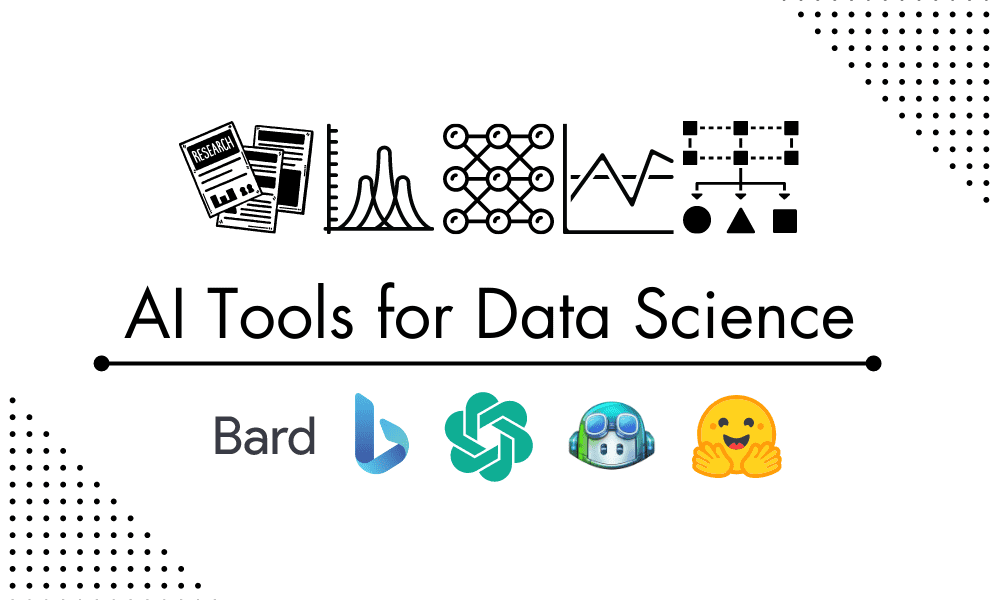
Image by Author
1. Bard AI
Google Bard is a chatbot feature that will eventually integrate with the Google search engine and other products. It can be used to write reports, brainstorm, Python coding, SQL scripts, and research. Just like ChatGPT, it is powered by a large language model, and you can get early access by joining the waitlist.
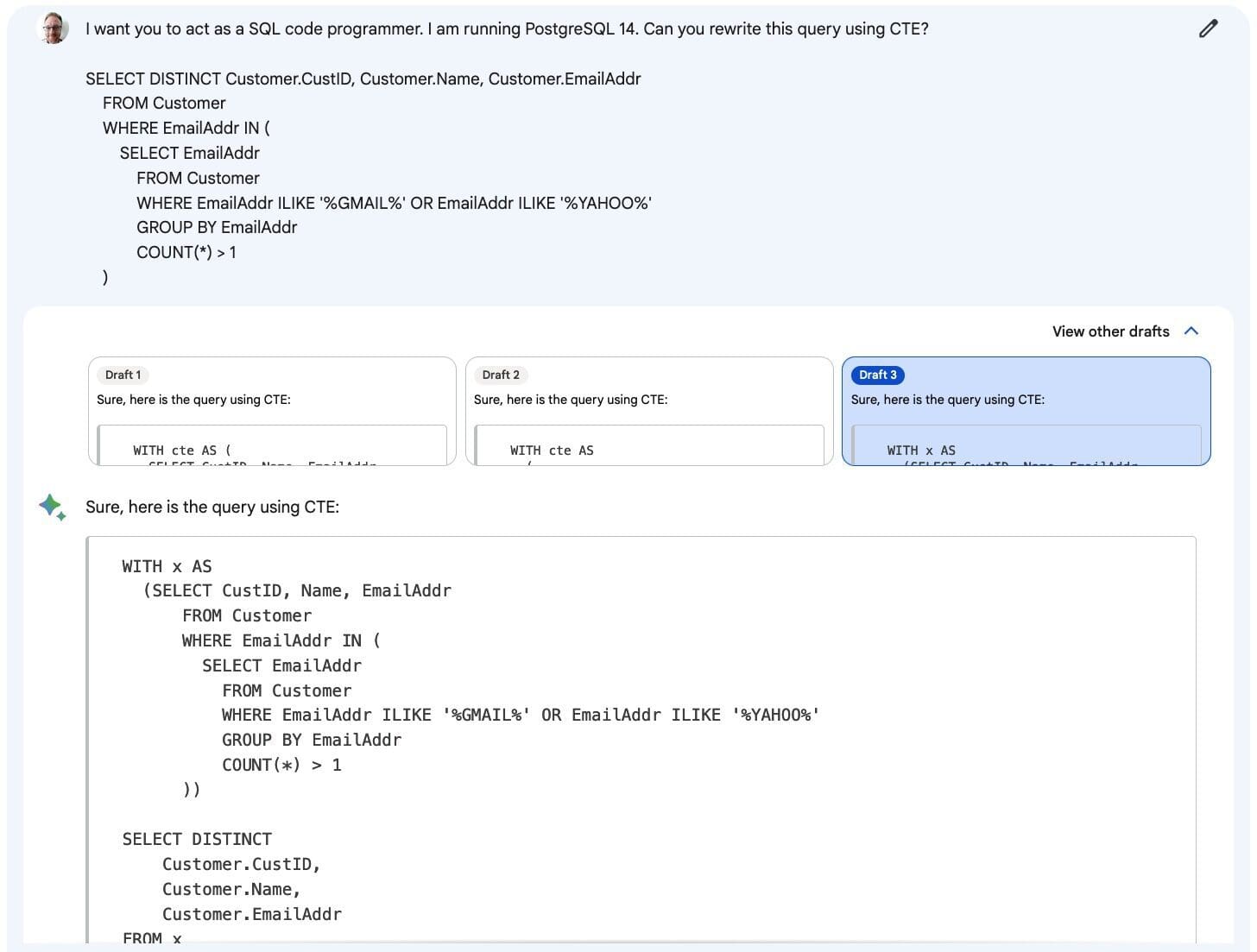
Image from Richie Cotton
Google Bard will allow data scientists to optimize code, resolve bugs, create data charts, perform all kinds of machine learning tasks, and help them with research. If you want to see a comparison between ChatGPT and Bard, check out the amazing blog by Richie Cotton.
2. ChatGPT
Both ChatGPT and GPT-4 are incredible tools for data professionals. They can use it for all kinds of tasks, especially when they are stuck in a problem. ChatGPT understands the issues and comes up with an applicable list of solutions.
ChatGPT is powered by a large language model and can generate novels, stories, blogs, and even data analytics reports based on the prompts provided by users. It understands the context and uses previous prompts to come up with accurate results.
Read my blog: A Guide to Using ChatGPT For Data Science Projects to learn more.
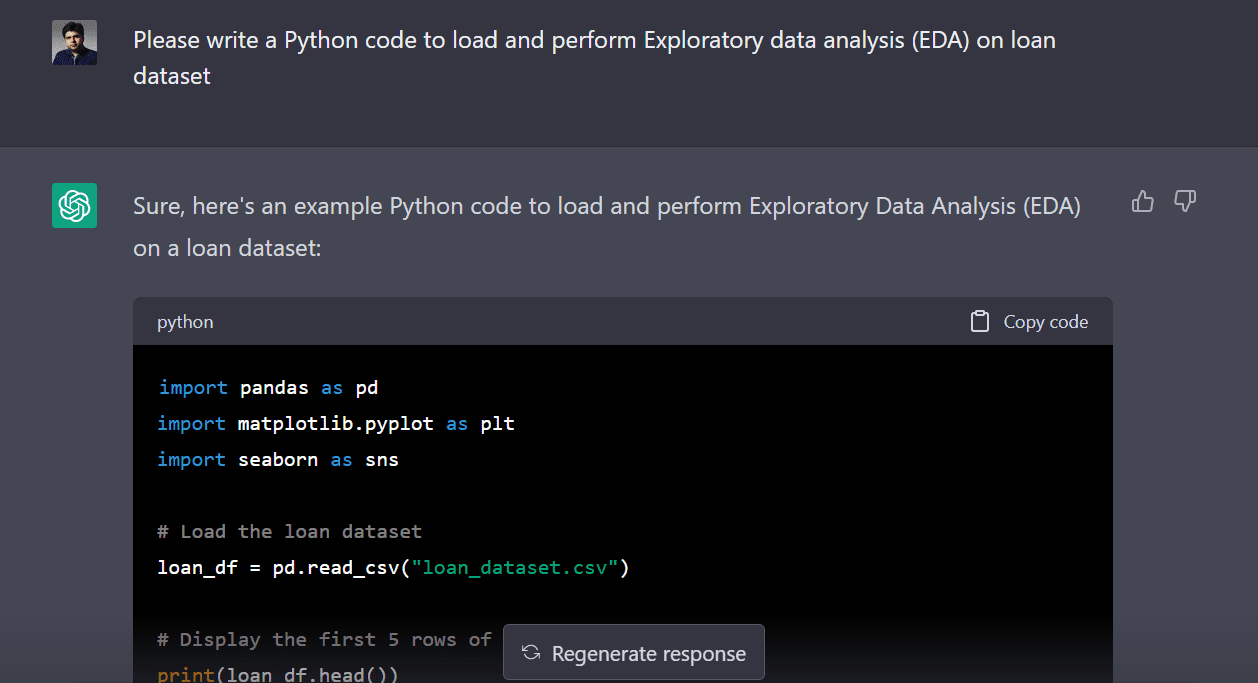
Image from Author | ChatGPT
I use ChatGPT for idea generation, Python and SQL coding, research for my blogs, debugging the code, improving the sentence, and learning about new techniques.
It has become an essential part of my workflow, and I cannot go back to the old days when I searched things for hours to learn about simple algorithms.
3. GitHub Copilot
GitHub Copilot is a life saver for Python programmers and data professionals. It autocompletes the entire code, understands the comments to generate specified code, resolves bugs, and optimizes code.
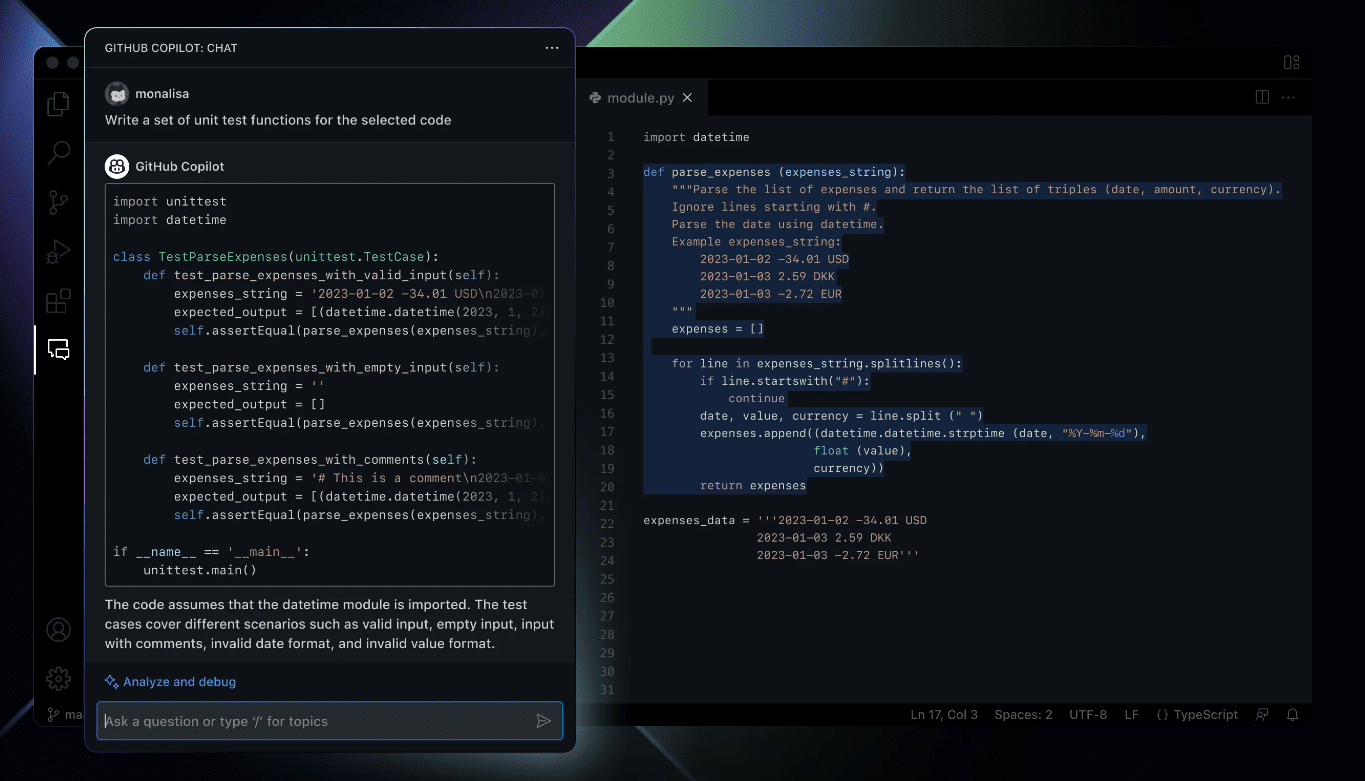
Image from GitHub Copilot X
And with the introduction of GitHub Copilot X, you will have access to GPT-4 models that will help you write even better code. Moreover, you can have context-aware conversations with your copilot, create documentation, generate pull requests, and access more used commands in CLI.
It is a must-have tool if you are coding daily for your project or research.
4. Bing AI
I am a big fan of Bing now, and I have completely shifted from Google to Bing for all of my needs. Microsoft Bing comes with a chatbot feature that can help you with all kinds of tasks. You can use it for code generation, research, debugging, or even learning new skills. It is powered by GPT-4 and optimized for search engines.
Apart from Bing chat, the Microsoft Edge browser provides a compose feature that lets you write professional emails, reports, blogs, or even code. I won’t recommend you to use the compose feature for code as it is not that great.
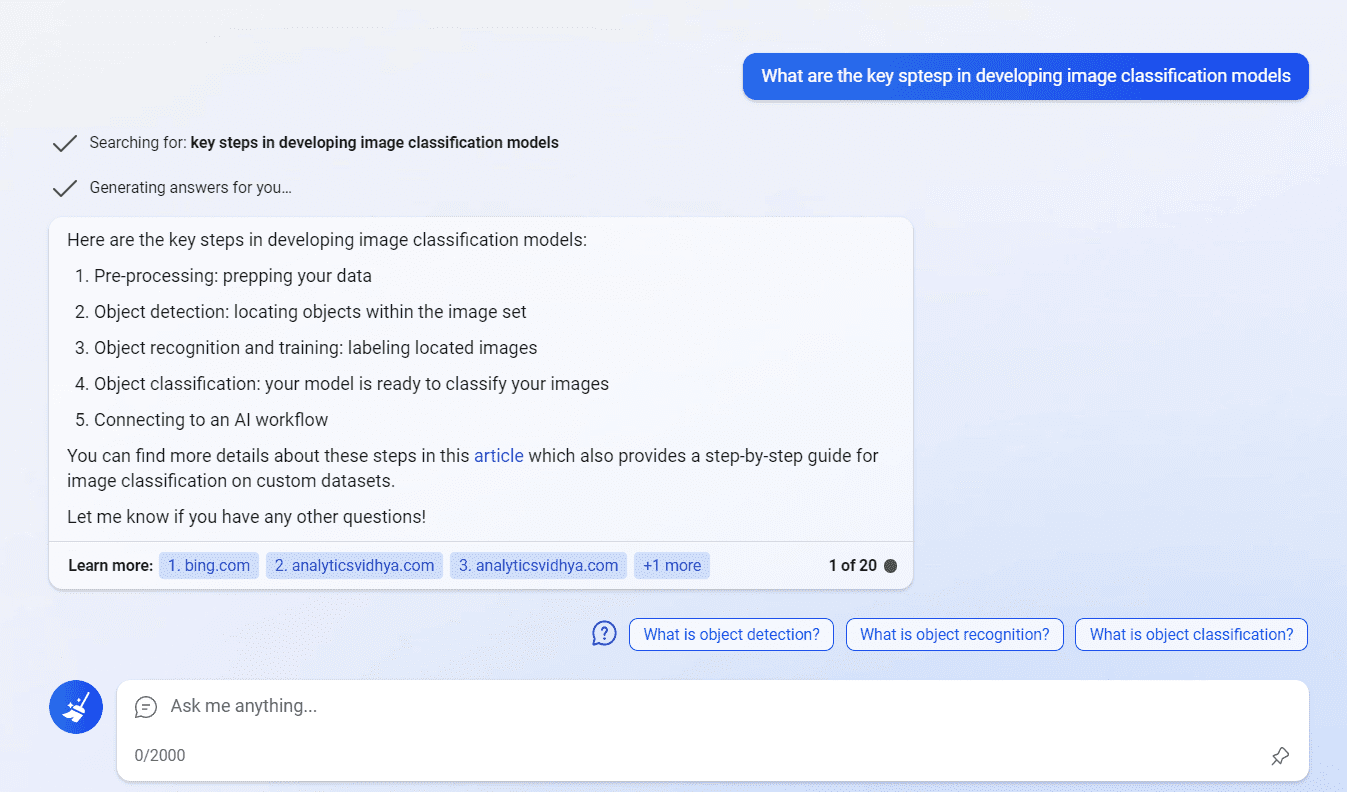
Image by Author from Bing
Bing also has Dalle-E integration for text-to-image generation called Image Creator. You can use it to create a blog feature image or image for your project.
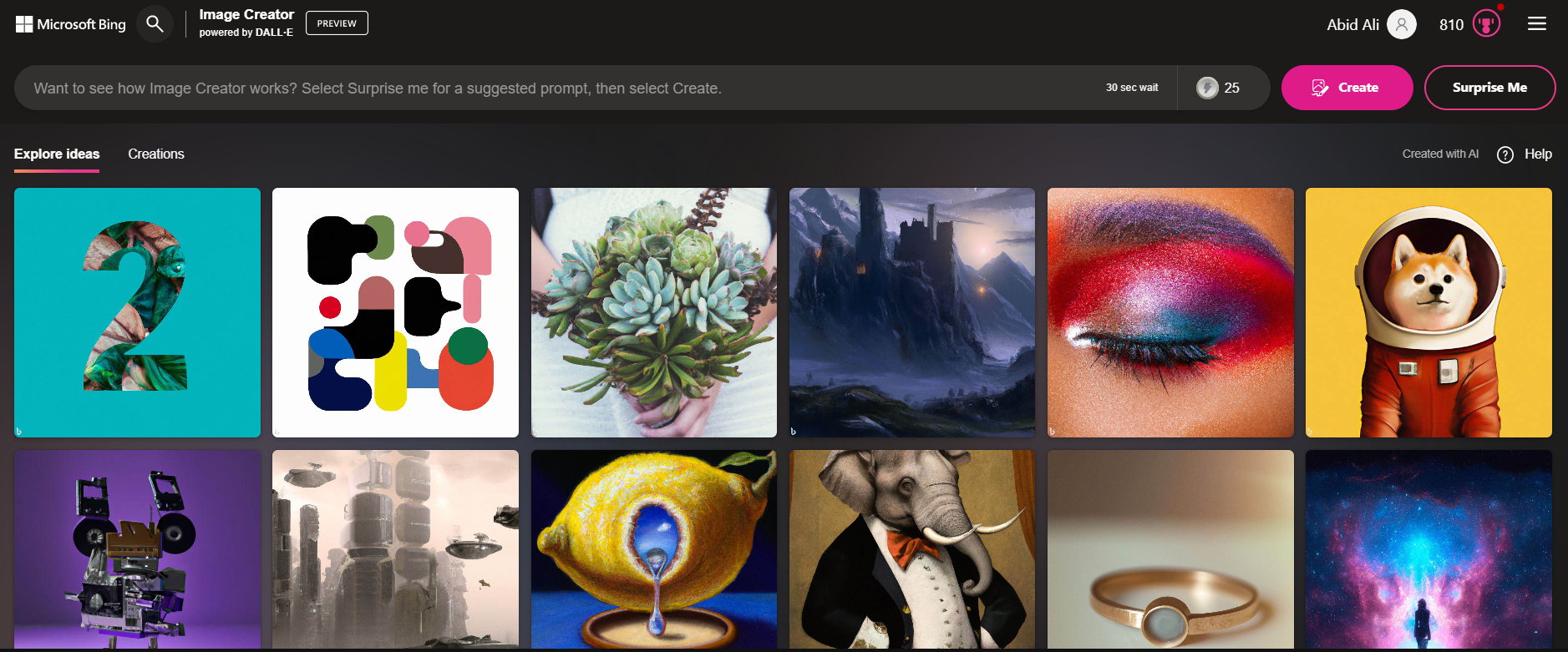
Image from Image Creator
Oh, don’t forget about Bing Visual Search. GPT-4 is a multimodal model that can take both text and image and provide you with accurate results.
You can use this feature to search for things in images or images all over the internet.

Image from Bing Visual Search
5. Hugging Face
Hugging Face is an open-source ecosystem of AI tools that you can use for data science tasks.
The Hugging Face Spaces have AI tools for Open Source text generation, chatbot, speech-to-text, stable diffusion for image generation, image-to-text, visual question answering, and ChatGPT detention tools.
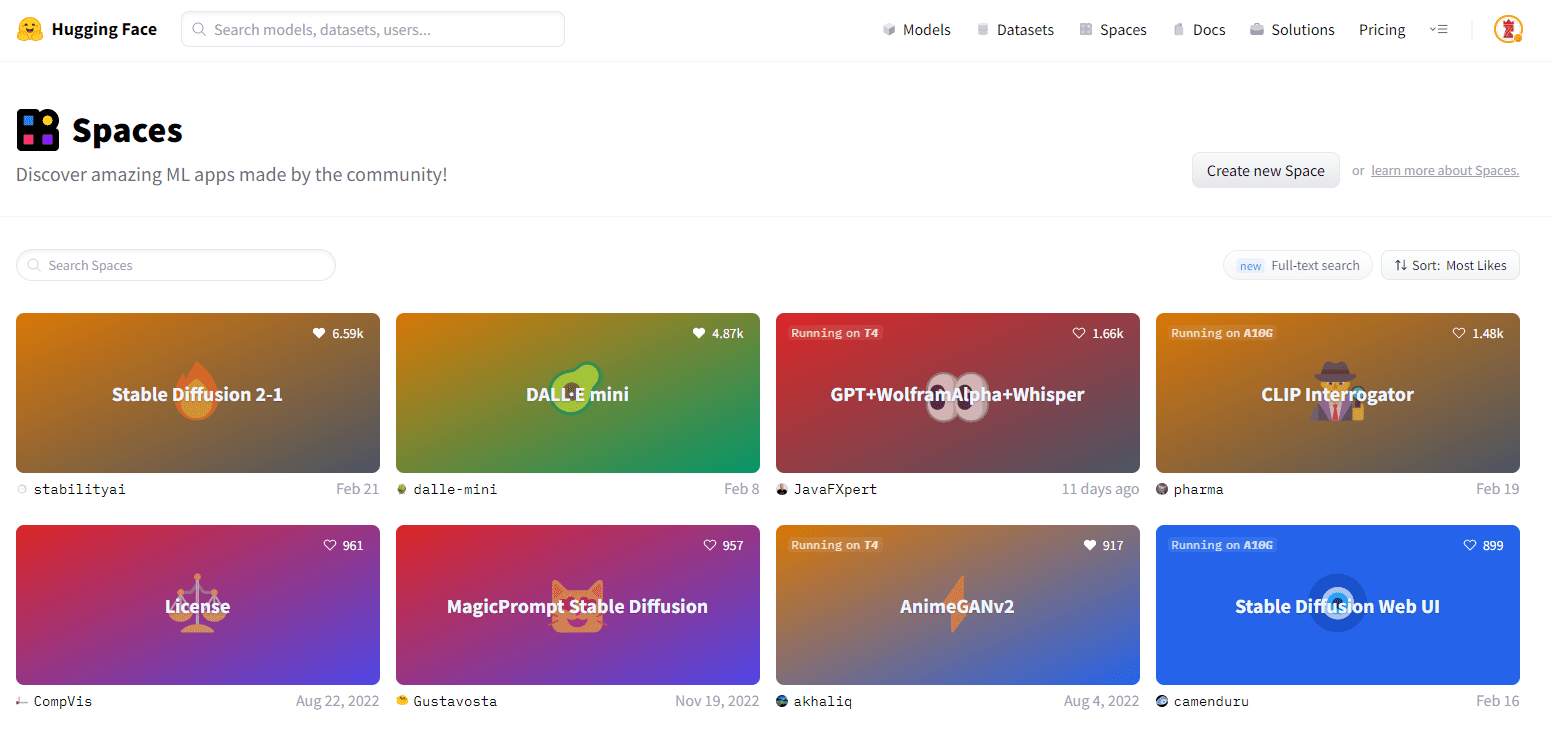
Image from Spaces
It is a platform built for the open-source community, and it comes with features like data sharing, model sharing, deploying a web application, model inference, and AutoML.
It is a part of my work life where I use the transformer Python package for data and model loading, fine-tuning them, and saving the model. I even use it for deploying machine learning demos and API.
Conclusion
Believe it or not, all of the tools I have mentioned will become common among professionals in the next few months. These tools will help data professionals write better code, come up with better solutions, and write better documentation or reports.
ChatGPT and GPT-4 are great tools for learning new skills, concepts, or algorithms. It will save you time and energy. And no, AI is not replacing us. These tools will help us become better data professionals.
In this blog, we have reviewed five essential AI tools for data science that can help you with coding, debugging, project planning, learning new skills, research, and reporting.
Not all tools are closed-source, Hugging Face provides open-source alternatives to the tools mentioned above.
Abid Ali Awan (@1abidaliawan) is a certified data scientist professional who loves building machine learning models. Currently, he is focusing on content creation and writing technical blogs on machine learning and data science technologies. Abid holds a Master's degree in Technology Management and a bachelor's degree in Telecommunication Engineering. His vision is to build an AI product using a graph neural network for students struggling with mental illness.
